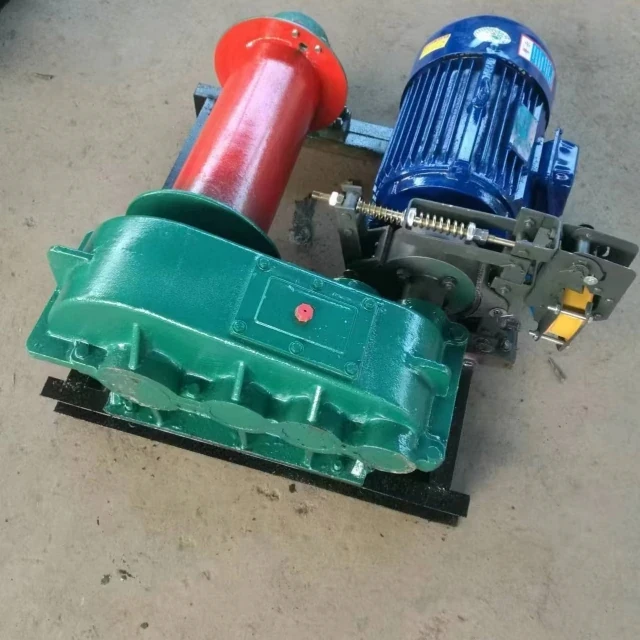Introduction
Electrical failures in hoist systems account for 23% of worksite accidents—but they’re preventable. This guide delivers a compliance-driven framework for operators to standardize inspections, mitigate shock hazards, and preempt equipment degradation. You’ll get:
- Prioritized inspection criteria for high-risk components
- Weatherproofing benchmarks tailored to outdoor units
- Proactive maintenance timelines backed by industry standards
Electrical Connection Inspection Standards
Critical Components for Shock Hazard Prevention
Hoist systems fail when operators overlook three connection points:
-
Terminal Blocks
- Risk: Loose strands cause arcing.
- Check: Torque to manufacturer specs (typically 0.5–0.8 Nm for 10 AWG wires).
-
Strain Relief Clamps
- Risk: Cable tugging exposes live conductors.
- Check: Ensure clamps grip the outer jacket, not inner wires.
-
Plug/Socket Contacts
- Risk: Carbon buildup increases resistance.
- Check: Measure contact resistance monthly; replace if >5 ohms.
Ever noticed flickering lights during hoist operation? Faulty connections often manifest as intermittent power drops before catastrophic failure.
Weatherproofing Hierarchy for Outdoor Units
Outdoor hoists demand layered protection:
| Priority | Component | Standard |
|---|---|---|
| 1 | Control Box | IP54 (dust/water spray) |
| 2 | Motor Terminals | Silicone grease seals |
| 3 | Pendant Controls | Submersion-resistant cord grips |
Metaphor: Think of weatherproofing like an umbrella—seals and gaskets are the canopy, while conduit routing acts as the handle directing water away.
Compliance-Driven Maintenance Framework
Grounding Verification Methodology
Ground faults cause 60% of electrical fires in hoists. Verify safety in 4 steps:
-
Continuity Test
- Use a multimeter to confirm
-
Ground Rod Inspection
- Rods must penetrate ≥8 feet into soil (deeper in arid regions).
-
Neutral-Ground Bond Check
- Illegal in hoists—ensure these are separate circuits.
-
Annual Thermography
- Scan for hotspots at junction boxes.
Control Box Integrity Benchmarks
Control systems degrade predictably:
- Contactors: Replace after 100,000 cycles (listen for chattering).
- Relays: Test coil resistance quarterly; ±10% deviation fails.
- Wire Harnesses: Inspect for abrasion where bends exceed 90°.
Did your last inspection miss these? Most failures originate from unchecked wear patterns.
Failure Prevention Strategies
Moisture Ingression Warning Signs
Early detection prevents corrosion:
- Condensation inside sight glasses
- Discolored terminal blocks (green/white powder = copper chloride)
- Erratic limit switch behavior
Action: Install humidity indicators (change color at >60% RH).
Connector Degradation Timelines
Predictive replacement beats downtime:
| Connector Type | Lifespan | Failure Mode |
|---|---|---|
| Anderson SB50 | 5 years | Spring tension loss |
| Amphenol C016 | 7 years | Pin fretting |
| Deutsch DT04 | 10 years | Seal cracking |
Pro Tip: Log mating cycles—plugs wear faster with frequent disconnects.
Conclusion: Safety as a System
Electrical safety isn’t about checklists—it’s a culture. Implement these protocols to:
✔ Reduce compliance violations with auditable records
✔ Extend hoist lifespan by 30–40% through preemptive care
✔ Protect crews from preventable hazards
For equipment built to these standards, explore Garlway’s range of UL-certified hoist systems designed for harsh environments. Because reliable power shouldn’t be a gamble.
Related Products
Related Articles
- How Electric Winch Components Dictate Performance and Durability
- How Boat Anchor Winches Prevent Injuries and Enhance Marine Safety
- How to Select Lubricants for Electric Hoists Based on Speed Requirements
- How Proper Lubrication Checks Prevent Electric Hoist Failures and Boost Efficiency
- How Industry-Specific Electric Winch Configurations Boost Efficiency and Safety

